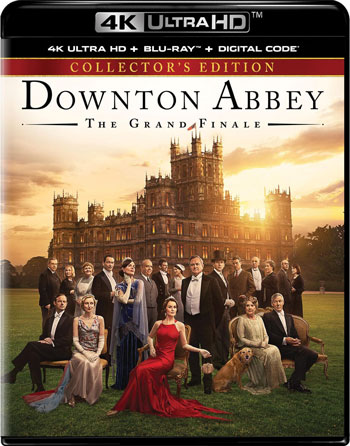
Universal Studios
The time has come to close the chapter of Downton Abbey. This third film in the series picks up after five seasons of the Crawley family and their estate. One can certainly recommend this film to fans of period dramas set in and around the 1930s.
A time of profound political, societal, and economic change across the globe, The Grand Finale addresses it all while continuing the engaging story of the Crawleys and the lives they have touched both Upstairs and Downstairs.
Downton first graced the small screen in 2010, expanding on the knowledge and fascination of creator Julian Fellowes, a theme he initially seeded with the 2001 film Gosford Park directed by Robert Altman. The series starts off with the sinking of the Titanic in 1912, and the television seasons and subsequent films follow a timeline that is generally approximate to their release.
One might wonder if a newcomer could simply stumble upon this most recent and final chapter, or if husbands, boyfriends, and partners would need to know the rich history and backstory to enjoy The Grand Finale. I would argue that this could be a better way in than the previous two films. We open on a live theater performance and quickly move along to the introduction of key players with certainly enough context and information to give a picture of the family and those who serve them.
What a new viewer would miss, perhaps, is the evolution of each of the main players—a fact that might trigger a first viewing of the entire Downton legacy. They would also note the absence of Dame Maggie Smith, who passed in 2024. Smith does appear as the unforgettable Violet Crawley, Dowager Countess of Grantham, in the previous films.
Controversy follows Lady Mary Crawley after her divorce, as she is shunned from societal gatherings where royalty appear. Here we see the cracks of the old ways begin to break, as the story of Downton is the story of progress—technology, social norms, and the needs for servants all change over the years. For Lady Mary, the social parallels to Charles, Diana, and Camilla connect to the modern age and will appeal to fans of The Crown.
In season one, they introduce “the telephone” and “electricity,” which are treated as both mystical and modern. Automobiles also play a significant role in the overall story and continue to reflect status. In 2022’s A New Era, the focus moves from theater to “film” as a movie is shot in Downton Abbey. This plot line is picked up in The Grand Finale not only by the return of Thomas (Robert James-Collier) and the film’s star Guy Dexter (Dominic West—Prince Charles in The Crown) but also the comic relief Molesley, who has moved from footman to screenwriter. All three gentlemen move up in the world. Guy and Thomas lead a closeted but the closest-to-openly-gay relationship as traveling companions in Hollywood. Thomas, a fan favorite in the series, has a true moment to shine, and he is given a great send-off in the film, as are all previous plot lines and story arcs.
Everyone is given plenty to do here and their characters come to a close to fairy tale ending. The Hollywood scenes also include an appearance by real-life figure and screenwriter Noël Coward, played with camp by Arty Froushan. True closure all around. Pip Pip!
To elegantly put a bow on nearly 60 hours of story, inclusive of the three movies, is a hearty task, but one that is done well here in The Grand Finale.
Much like the Titanic storyline kicking off the series, the real world seeps into The Abbey as Cora’s brother, Harold, played by Paul Giamatti, visits with his friend, Gus, who are both recovering from the 1929 Wall Street crash. Harold has squandered Cora’s family fortune as Downton has been modernized and downsized.
Light spoilers here!
The gullible Harold falls victim to confidence man Gus, but by revealing his losses, he sets in motion events that lead to Lady Edith preventing further disaster. But she’s too late to prevent her sister Mary from being manipulated into further scandal with the handsome Gus and a one-night stand that pregnant lady’s maid Anna is privy to. Of course, she keeps this to herself.
Anna and Bates continue to serve as Robert struggles deeply with handing the reins of the estate to Mary, the heir to the property and a woman who takes care of not only the land but also the finances with conservation in mind. Robert questions his place in Downton in this modern age but ultimately supports his daughter and the changes she has in mind. This is not without coaxing from Cora and the returning Tom and daughter Sybbie, who remind the patriarch that ‘the times they are a’ changing’. Deftly, of course, they convince Lord Grantham that it was his idea all along.
Cora is always the sensible one, ultimately forgiving her brother and supporting Robert as he doffs his cap toward the villagers and seeks advice from Carson on how to settle things.
Carson and Hughes are content in their village cottage as Carson has Andy take over butler duties and the couple settles into retirement. Carson, it seems, cannot let go and is hanging about Downstairs and being a busybody until he’s sure that Andy has a handle on it.
Daisy similarly returns to the kitchen to take over for Mrs. Patmore as she retires. Daisy and Andy are married now, and we’ve seen them proudly and naturally rise through the ranks.
Isobel, who misses the Dowager Countess dearly, also provides a bit more comic relief in the storyline of taking down the traditionalist, mustachioed Hector Morton, along with assistance from Daisy and Carson, to redefine the annual county fair in a style more fitting of the day. Her deft defiances and cutting one-liners directed at Morton are laugh-out-loud funny—and a way into this world for first-time viewers, as they are relatable jabs toward the cartoonish Morton, who is practically the embodiment of a monocle dropping into a teacup.
There is no more violence and tragedy in this installment; the Crawleys have suffered enough! But what we do have is loss in the form of traditions as we hear that most of the Great Houses are being forced to be sold. And of course, there is the matter of money and estate that can be counted as “loss.”
But now, with Lady Mary in charge of Downton, she is able to keep Downton Abbey (in real life, Highclere Castle—certainly a character worth mentioning in this swan song) running on a smaller but experienced staff as she brings the Crawleys to the modern age. Though she is not the heir due to the laws of peerage, she will manage the estate until her son, Georgie, can take over.
A montage featuring Matthew, The Dowager Countess, and Sybil concludes the film as Mary lets this all settle in with Georgie and Caroline. This is a touching end to the film and the franchise. Robert and Cora now have a new, more manageable residence to take care of. I doubt we will be visiting the Crawleys moving toward the Second World War, so we can safely let Robert and Cora enjoy their twilight years in peace.
Extras are plentiful with audio commentary, and a number of featurettes.
Fellowes and director Simon Curtis (husband to the show’s star Elizabeth McGovern) have a triumph here, and to be honest, this is mostly for those of us that have been following along and wish to line up outside the Abbey in uniform to wave goodbye to our favorite characters and pet the dog one last time. But like Daisy on her first day, you may like this film enough to stick around and run your own kitchen one day!




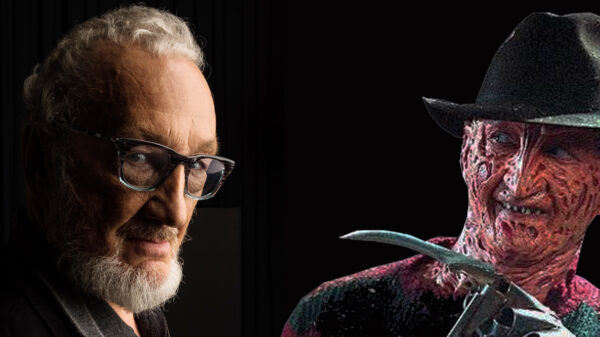
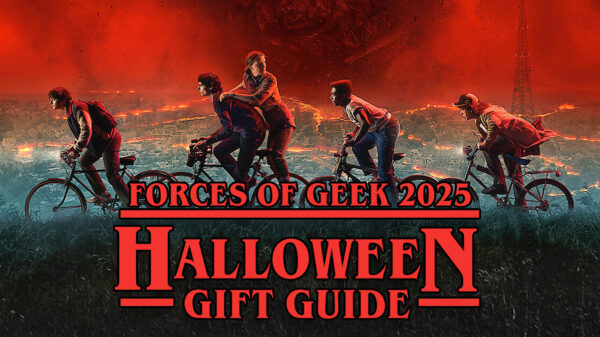
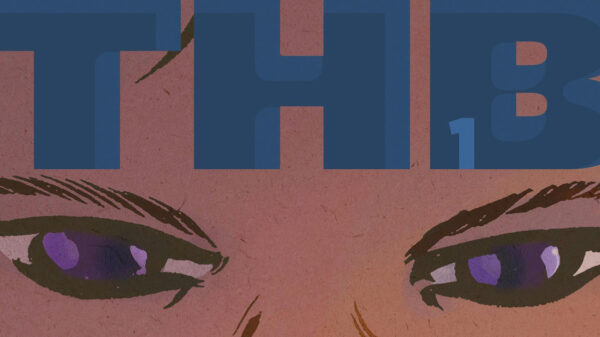

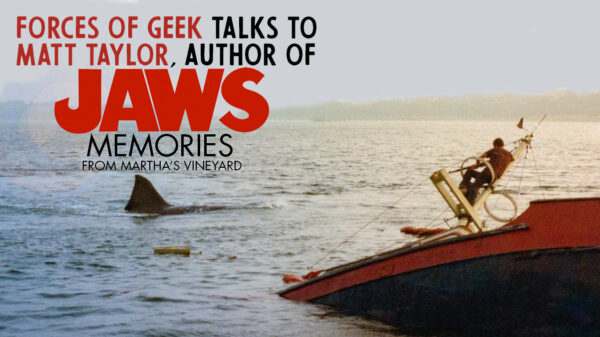
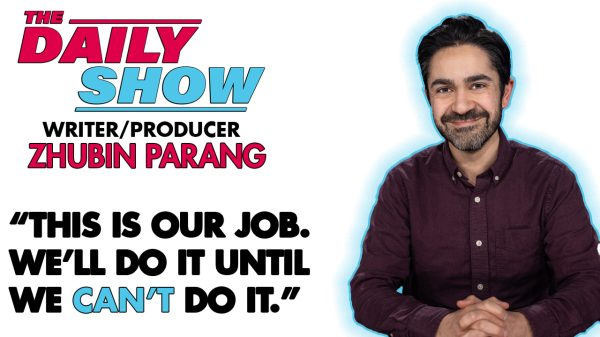
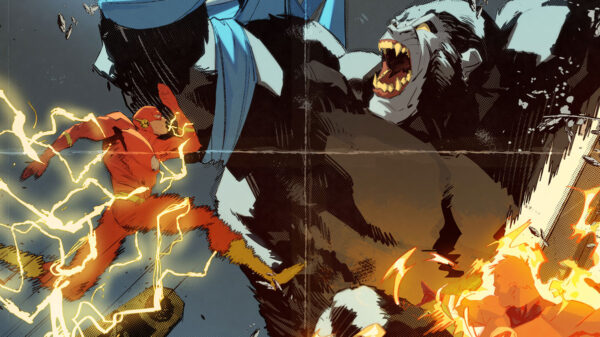

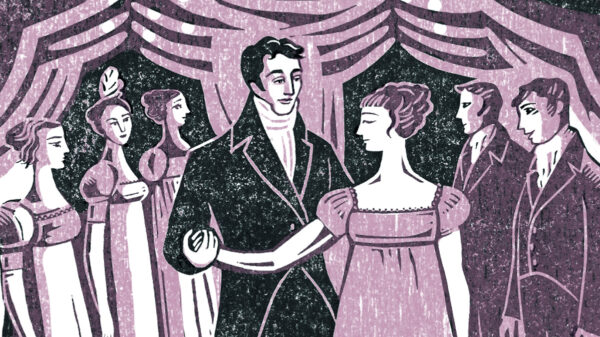

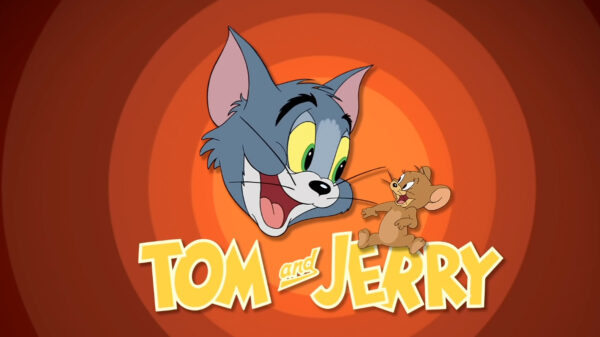






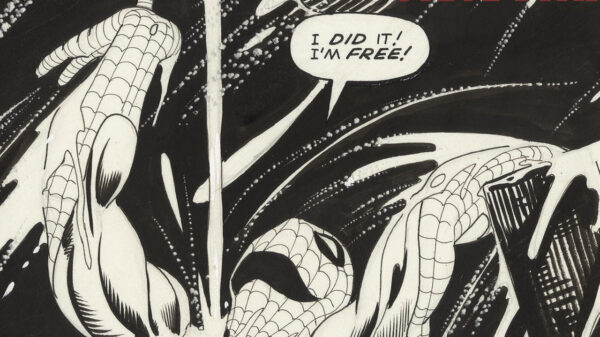
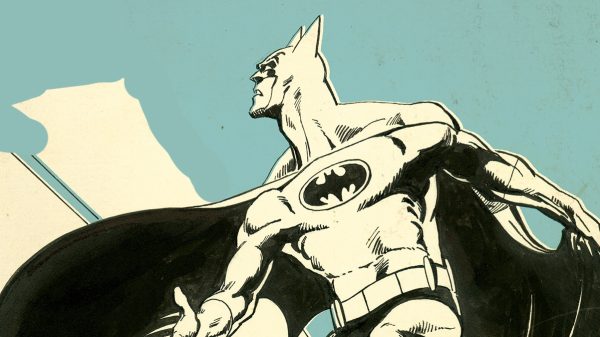

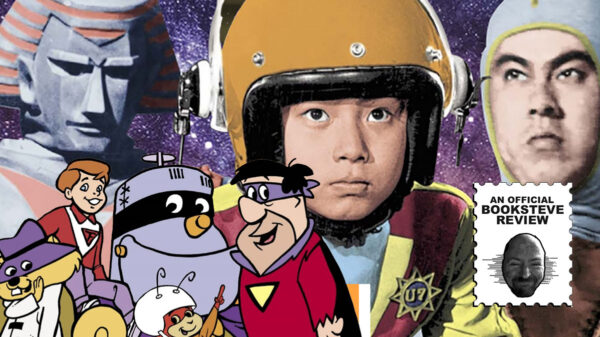
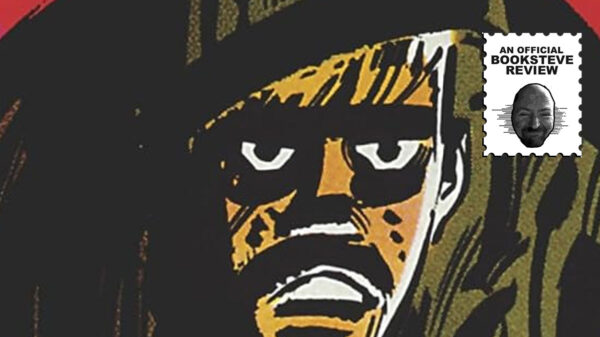
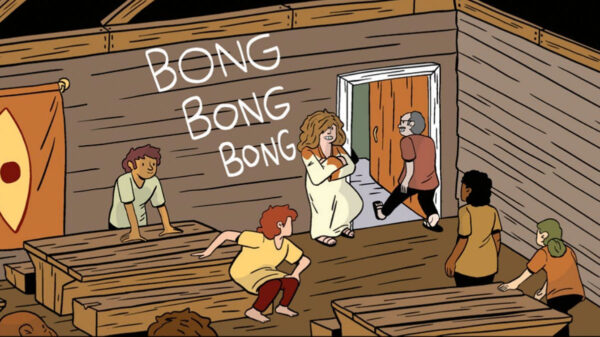

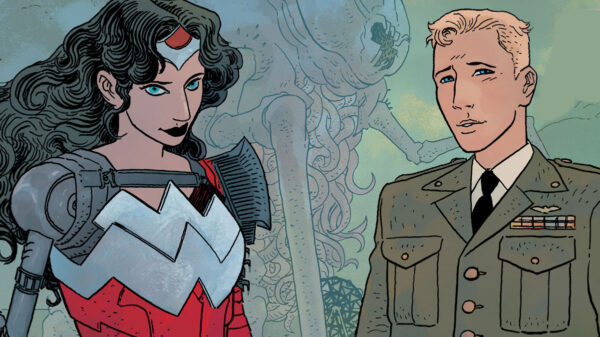











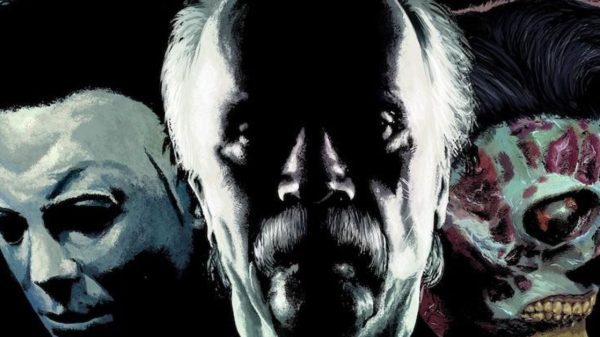

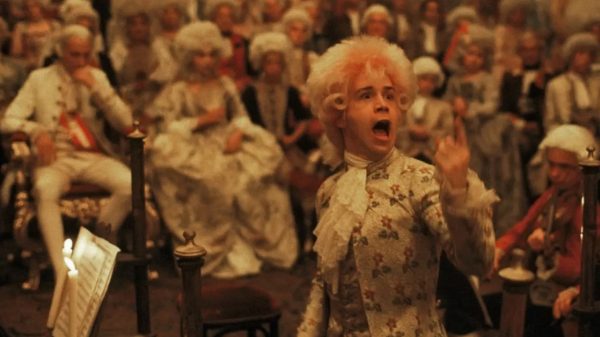











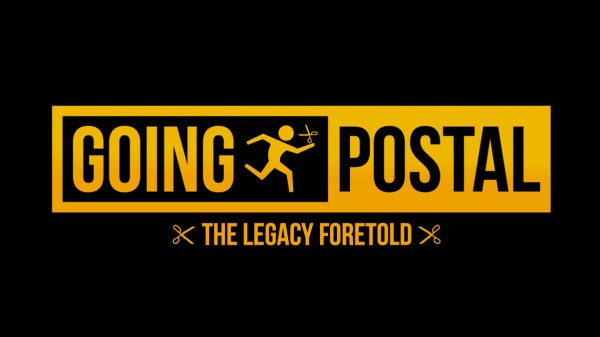


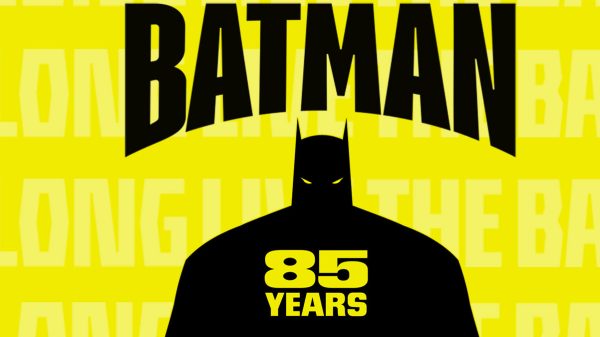


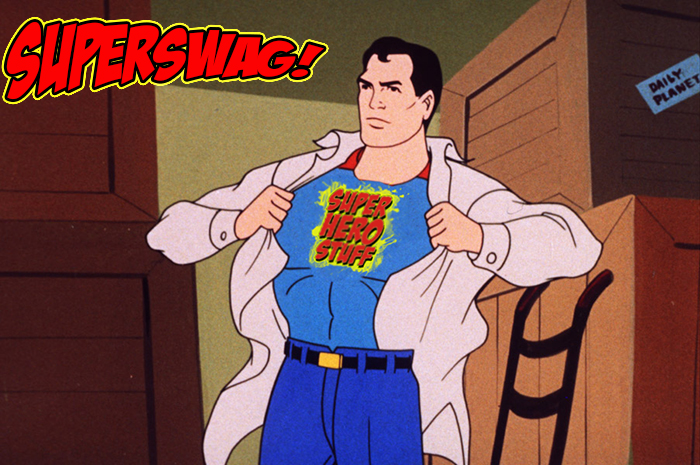


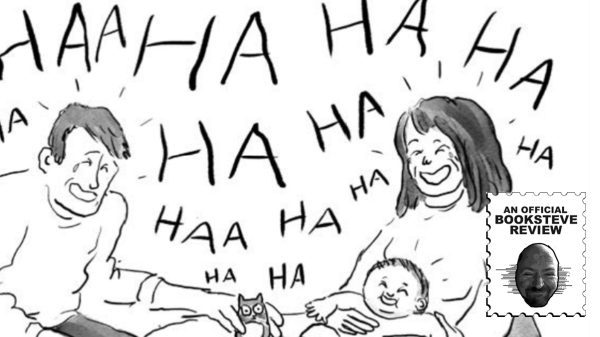



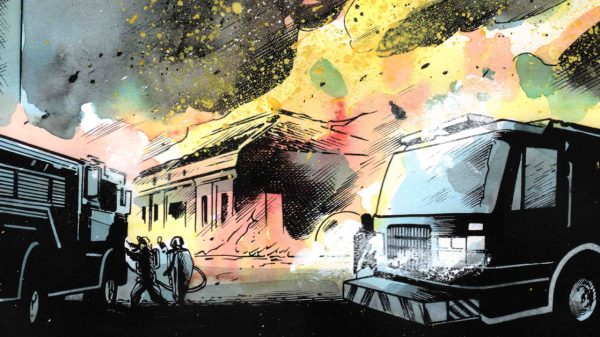















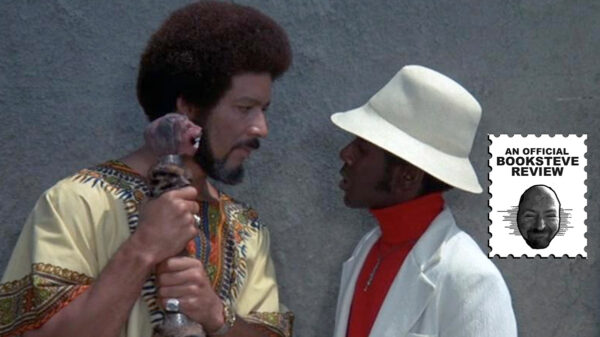
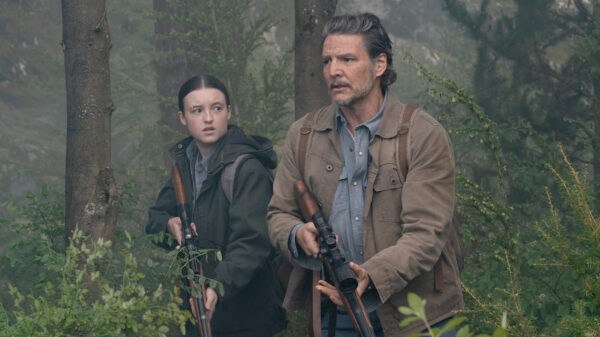




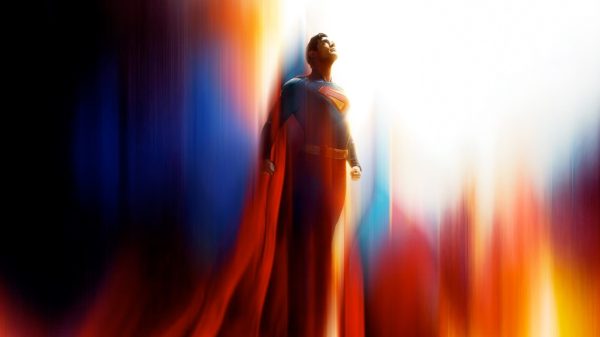





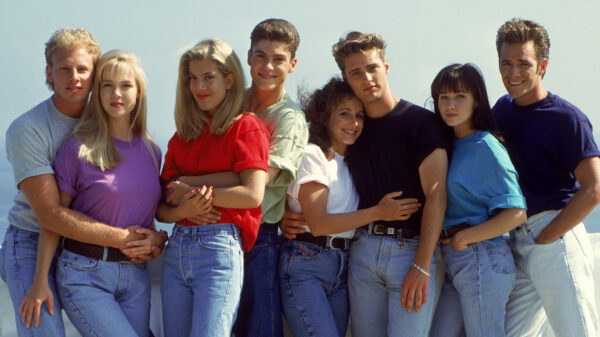
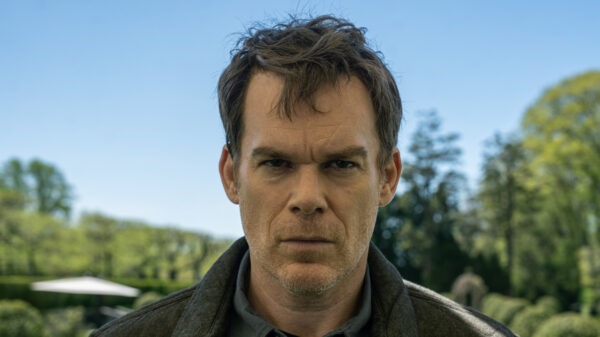
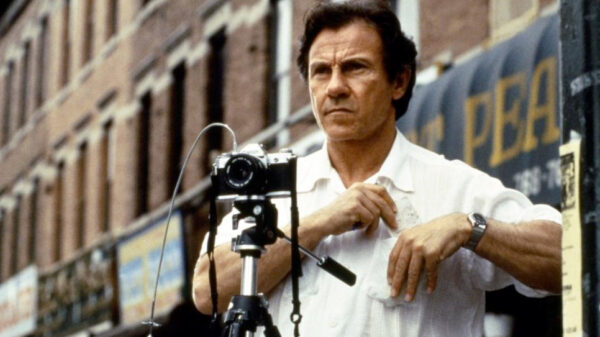
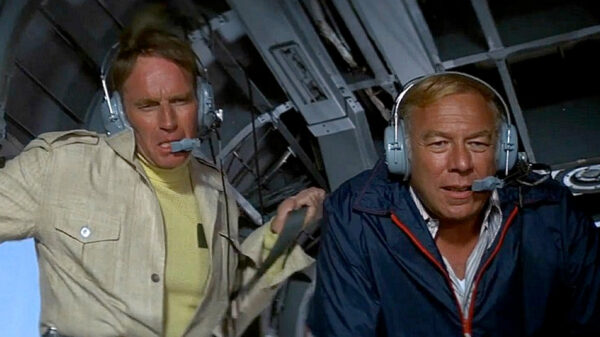
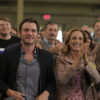



You must be logged in to post a comment Login